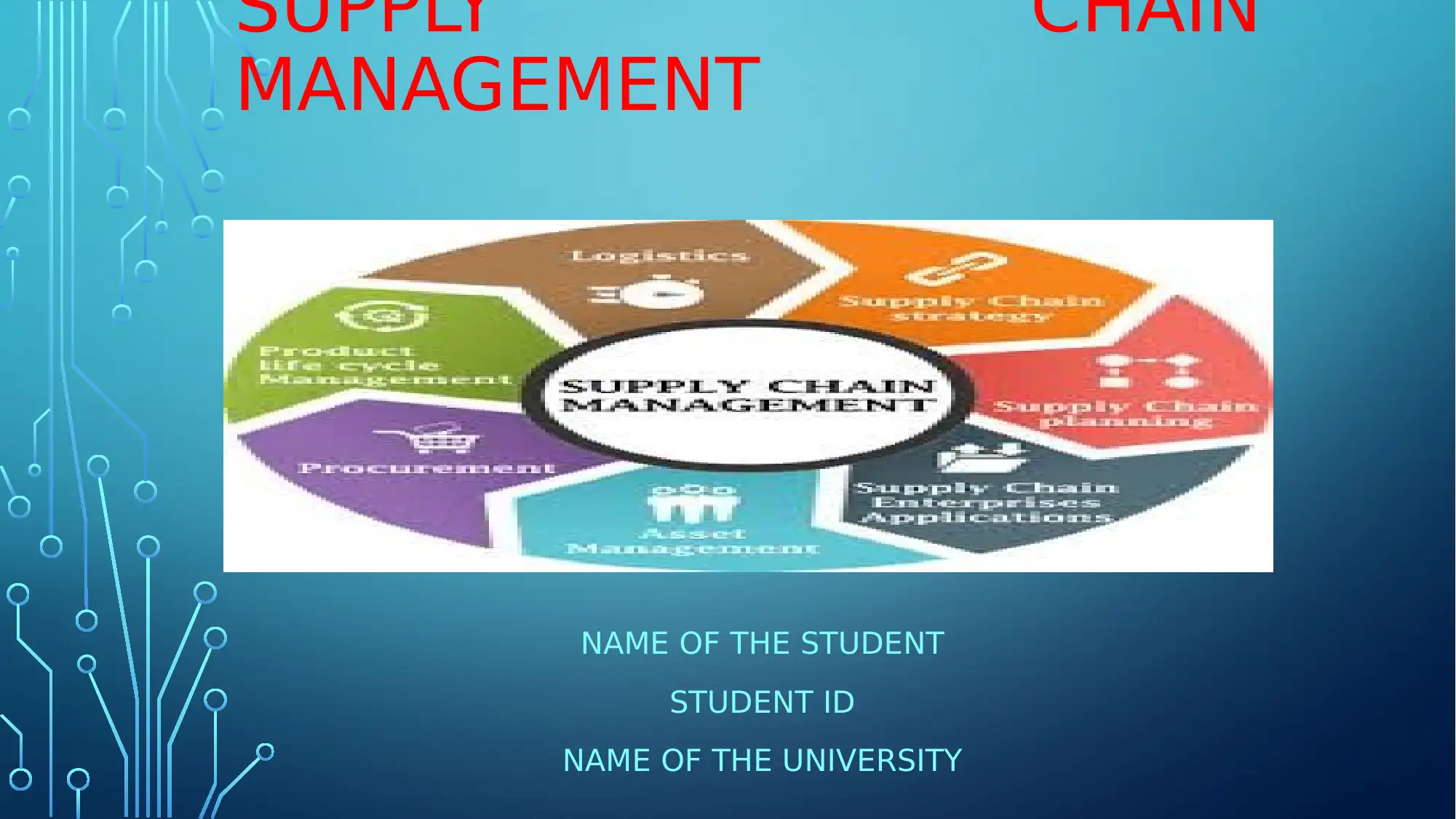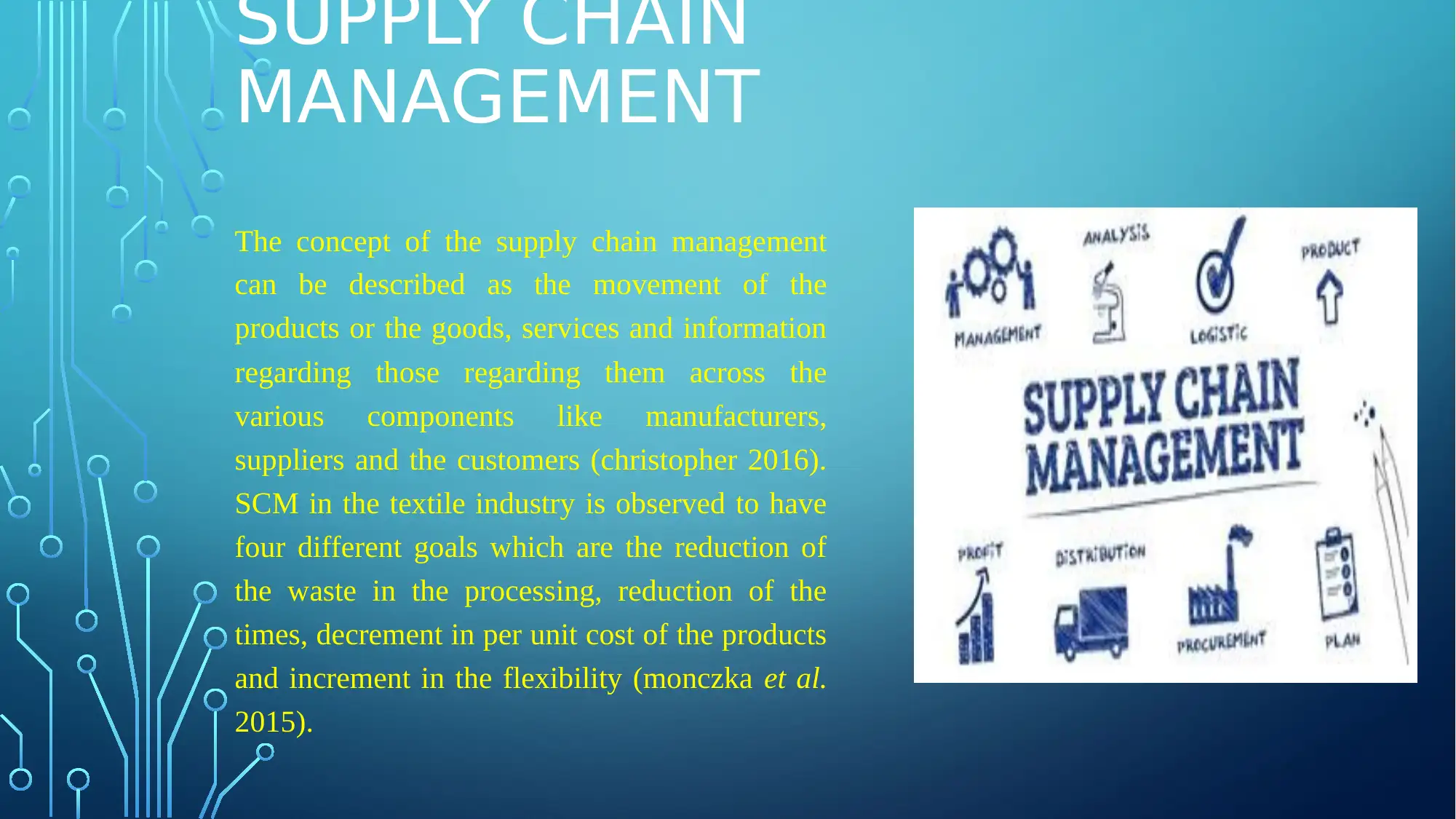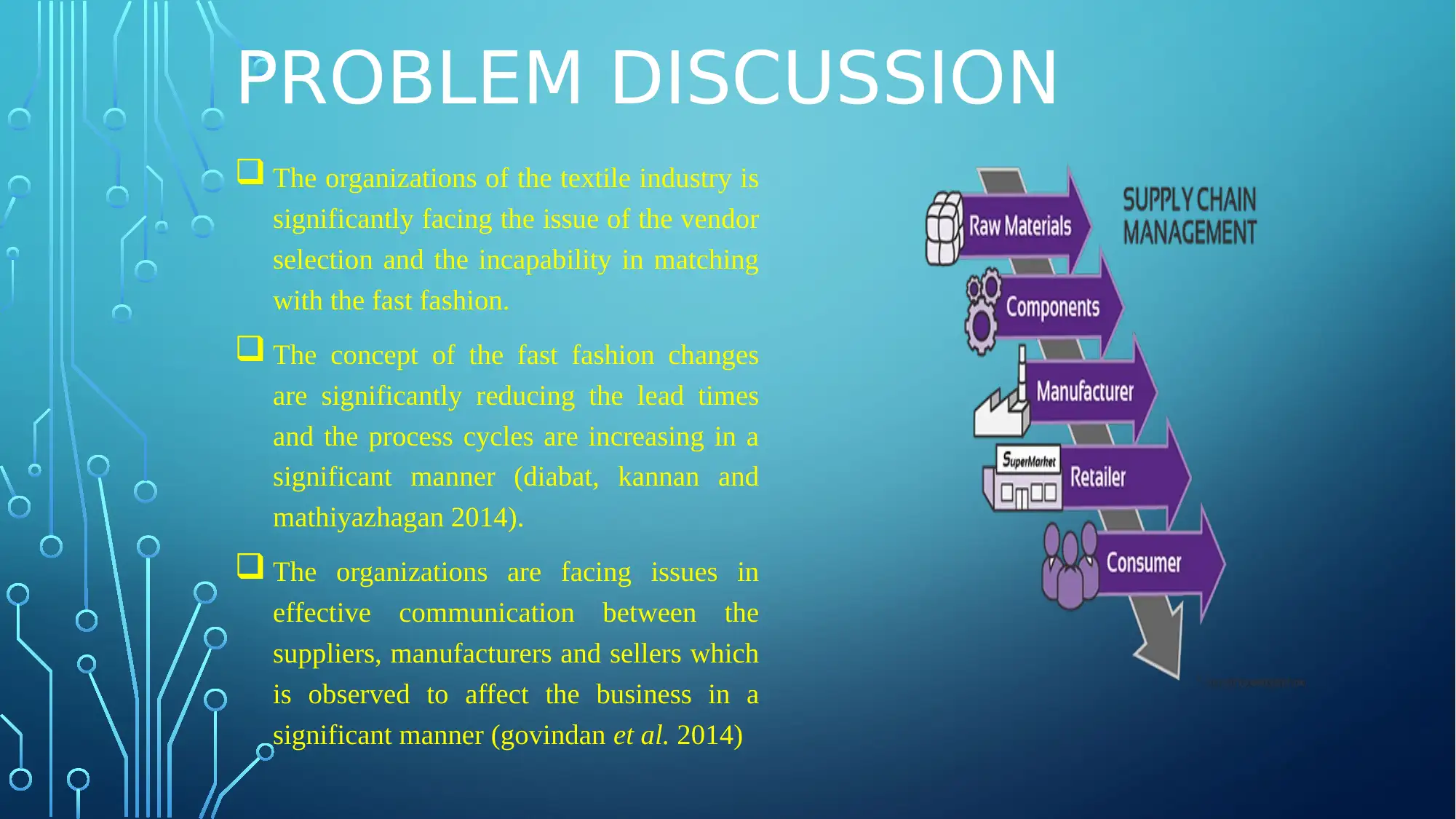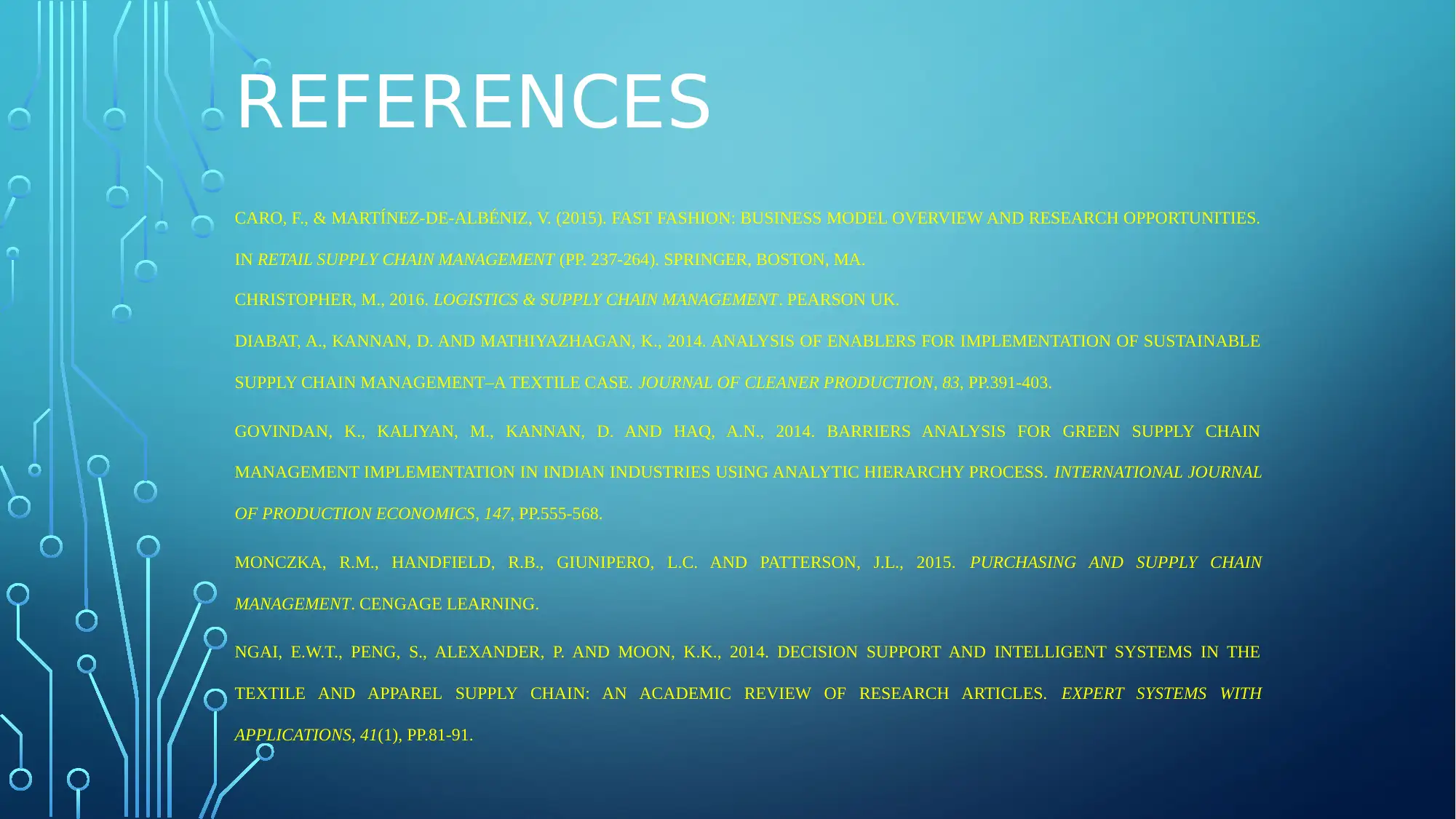Supply Chain Management: Addressing Challenges in Textile Sector
VerifiedAdded on 2023/06/03
|7
|748
|238
Report
AI Summary
This report delves into the complexities of supply chain management within the textile industry, highlighting key challenges such as vendor selection difficulties, adapting to fast fashion trends, and communication gaps between suppliers, manufacturers, and sellers. The report proposes solutions leveraging tools like the Analytic Hierarchy Process (AHP) for optimizing vendor selection through a structured five-step evaluation method. Additionally, it suggests employing Radio Frequency Identification (RFID) technology and Enterprise Resource Planning (ERP) systems to enhance real-time tracking of product movement and improve communication across all stages of the supply chain, ultimately aiming to reduce waste, minimize lead times, lower per-unit costs, and increase overall flexibility within textile organizations. Desklib provides access to similar solved assignments and study tools for students.
1 out of 7










![[object Object]](/_next/static/media/star-bottom.7253800d.svg)